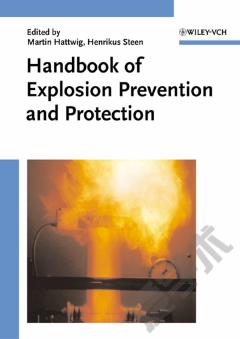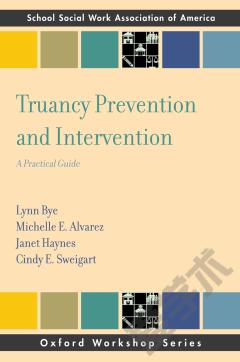Dust Explosion Prevention and Protection: A Practical Guide
Background to dust explosions approach to handling dust explosion hazards selection of a basis for safety determination of dust fire and explosion characteristics explosibility classification explosion characteristics other explosibility and ignitability characteristics dust layer combustibility characteristics where to go for tests control of ignition ignition sources assessment of ignition hazards and risks examples of ignition prevention measures inerting outline of principles inerting as a basis of safety LOC for preventing explosion supply, distribution and monitoring of inert gas peak demands for inert gas examples inerting/venting and inerting/suppression combinations worked example of the calculation method for inerting explosion containment explosion containment as a basis of safety explosion containment in linked vessels guidance on explosion containment in linked vessels explosion suppression suppression as a basis for safety methods of detection of an incipient explosion control systems methods of injecting suppressant suppressant materials design procedures applications explosion venting venting as a basis of safety sizing of vents for single enclosures conclusions explosion venting of linked vessels guidance on explosion venting of explosion venting - supplementary design considerations explosion venting - special dust cloud conditions explosion venting - safe discharge area prevention of re-ignition preventing the transfer of smouldering material and burning particles into an explosible dust cloud. Appendices - incidents legislation descriptions of explosibility apparatus dust fires KSE - nomographs estimates for reduced explosions.
{{comment.content}}








 京公网安备 11010802027623号
京公网安备 11010802027623号